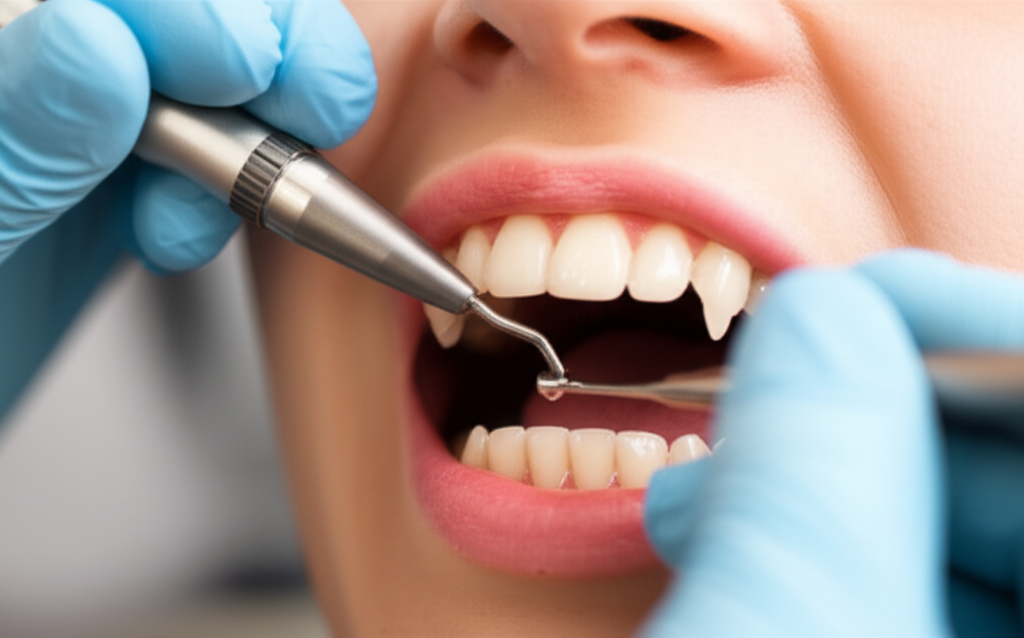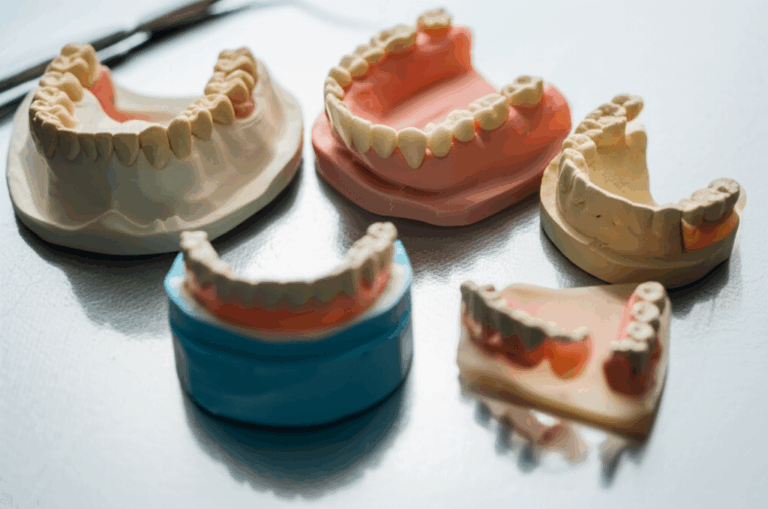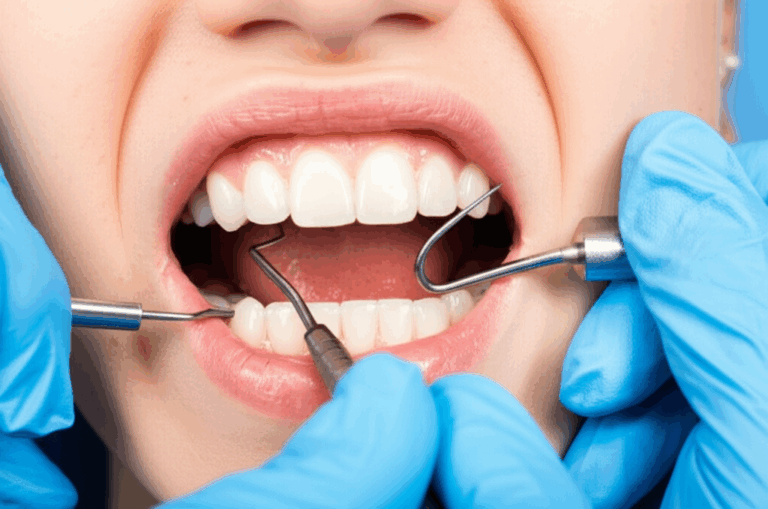
How to Get Fangs at the Dentist: Your Complete Guide to Safe & Aesthetic Cosmetic Vampire Teeth
Want to look awesome for Halloween or just add some bite to your look? Maybe you like having sharp teeth or want fangs for cosplay. Today you’ll find out everything you need to know about getting fangs at the dentist—from safe choices and how it all works to the truth about risks, cost, and how to pick what type of “fangs” you want. If you’re wondering if dental fangs are safe, how dentists do it, or if you can get fangs that look real, you’re in the right place!
Table of Contents
Introduction: Why Get Fangs at the Dentist?
Fangs aren’t only for vampires. People these days want fangs for lots of reasons—fashion, confidence, Halloween, or cosplay. You could buy a set of fake ones at the store, but those often don’t look real and might be uncomfortable. Instead, more people are going to the dentist for fangs that fit better, look real, and are safe for your mouth. This article will help if you’re thinking about getting “fangs” and want to avoid anything painful, unsafe, or doing it yourself and messing up.
What Are Dental Fangs?
Dental fangs are just your canine teeth (the pointy teeth next to your front teeth) that a dentist changes to look longer or sharper. Dentists can do this in a few ways, like:
- Cosmetic bonding
- Veneers
- Removable caps
- Crown reshaping
Some of these choices are just for a little while, others last for years, and some can be forever. No matter what you choose, it’s always safer to get your fangs done by a dentist who knows what they’re doing.
Who Wants Vampire Teeth?
Getting fangs isn’t only for kids on Halloween. Lots of people—from actors and musicians to everyday people—get fangs for:
- Halloween costumes
- Cosplay events
- Fashion looks
- Trends on social media
- Confidence or personal style
Famous people like bands and models have even helped make “vampire teeth” a cool thing! Some just want a small pointy look, while others want bold, goth style.
Can Dentists Really Make Fangs?
For sure—dentists with training in cosmetic dentistry can make fangs that look real and feel good. Here’s why going to a dentist is the best idea:
- Safety: Your teeth and gums stay healthy, and custom fangs won’t mess up your bite.
- Real Look: Dentists use good materials like composite resin or porcelain for a look that fits you.
- Comfort: Fangs from the dentist fit your mouth, don’t hurt, and won’t fall out when you eat or talk.
Because everyone’s mouth is different, the dentist takes time to plan the look and make sure your fangs really fit your smile.
Types of Fang Procedures: Temporary or Permanent?
Some people only want fangs for a night or two, while others want them all the time. Dentists can give you:
- Temporary Fangs: These can be taken off any time. Removable caps or special mouthguards are common and great for cosplay.
- Semi-Permanent Fangs: Using dental bonding, the dentist puts a safe tooth-colored stuff on your tooth to make it pointy. This can last months to years, but it’s easy to remove or fix.
- Permanent Fangs: For people who want fangs for a long time. This usually involves reshaping your own tooth or putting on a strong cover (veneer or crown). This choice can’t always be undone.
How Do Dentists Shape Fangs?
Most of the time, the dentist uses tooth bonding. They put a soft, tooth-colored stuff on your tooth, shape it into a point, and shine a bright light on it to make it hard. Sometimes, they use thin covers called veneers to cover your tooth and make it stay pointy for a while. Dentists might also shave or add to your tooth a little, but they try to keep your real tooth safe and healthy.
Step-by-Step: What Is the Procedure for Getting Fangs?
What Do Dental Fangs Cost?
Fangs can cost anywhere from $100 to over $1,000, depending on how much is done. Temporary fangs or caps are the cheapest, bonding is in the middle, and permanent stuff like veneers and crowns costs the most. Most dental insurance won’t pay for fangs if it’s just for looks, so ask your dentist about prices before you decide.
Are Dental Fangs Safe?
Getting fangs from a real dentist is mostly safe, but there are still some things to watch out for:
- Tooth damage: Permanent fangs might need some shaving of your own tooth, which can’t always be fixed.
- Gum problems: If not done right, your gums could get sore or infected.
- Chipping: Bonded fangs can break if you bite hard stuff.
Don’t try to make your own fangs with glue, nail stuff, or other DIY tricks. These can really hurt your teeth or mouth.
Keeping Your Fangs Looking Great: Aftercare Tips
- Brush and floss like normal to keep your new fangs clean.
- Don’t bite hard things (ice, nuts) with your fangs.
- See your dentist if something feels wrong or if your fangs get chipped.
- Ask your dentist for special cleaning advice if you have crowns or veneers.
How Do You Find a Good Dentist for Fangs?
- Look for dentists who do cosmetic work and have photos of fangs they’ve made before.
- Read reviews or ask people you know for advice.
- Tell the dentist what you want, and make sure they’ve done fangs before.
- Be sure the office is clean and the dentist uses safe, strong materials.
Pros, Cons, and Risks—Should You Do It?
Pros:
- Looks cool and unique
- Fits your mouth and feels real
- Done by a pro, so it’s safe
Cons:
- Price can be high
- Some ways are forever and can’t always be changed
- Repairs might be needed later
Risks:
- Chipping or breaking
- Tooth or gum damage (if not done by a pro)
- Not liking the look later
Common Myths About Dental Fangs
- “Fake fangs can’t look real.” (False—when done well, they can look just like real teeth.)
- “You’ll mess up your teeth forever.” (Only true if you do it yourself or get it done wrong.)
- “They’re only for Halloween.” (Nope, people wear them for style, confidence, or cosplay too!)
FAQs: What People Want to Know Most
Q: Can I get fangs if I have braces?
A: You should wait until your braces are off before getting normal fangs, but removable fang caps may still be possible—ask your dentist.
Q: Will my fangs stain?
A: Most bonding stuff and veneers won’t stain much, but you should brush like normal and avoid foods that make teeth yellow.
Q: Can I eat with my fangs?
A: Yes! If your dentist made them, you should be able to eat most foods. Don’t bite hard stuff just in case.
Q: Do fangs change how I talk?
A: At first, you might talk a little funny, but after a few days, your mouth will get used to it.
Key Takeaways: Remember These Points
- Dentists can safely make you fangs that look real and fit your mouth.
- You can pick from temporary, semi-permanent, or permanent fangs.
- Only get fangs from a trained dentist—never do it yourself.
- Take care of your new fangs like your normal teeth, and see your dentist if something feels off.
- Getting fangs can be a fun, stylish way to look and feel unique!








